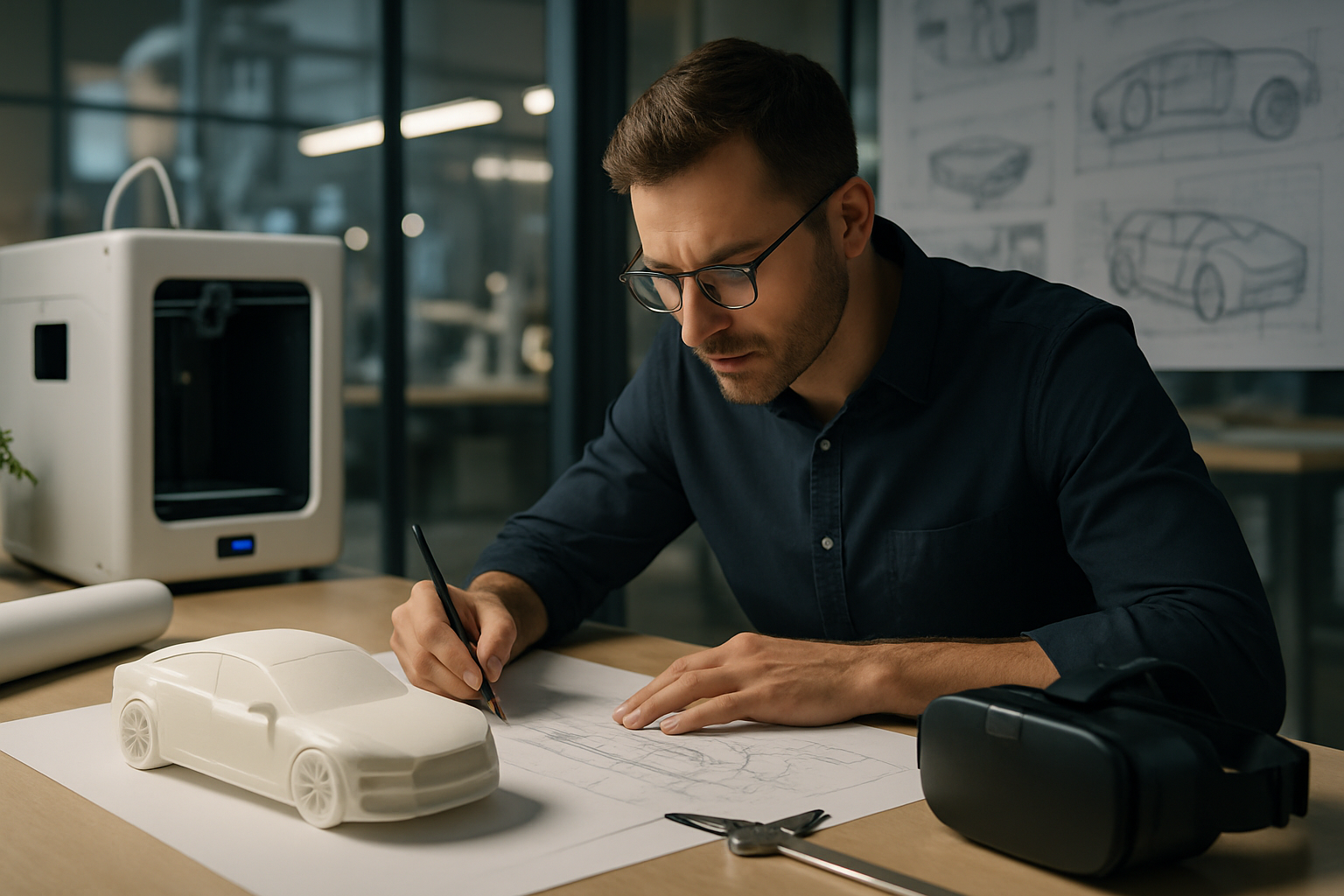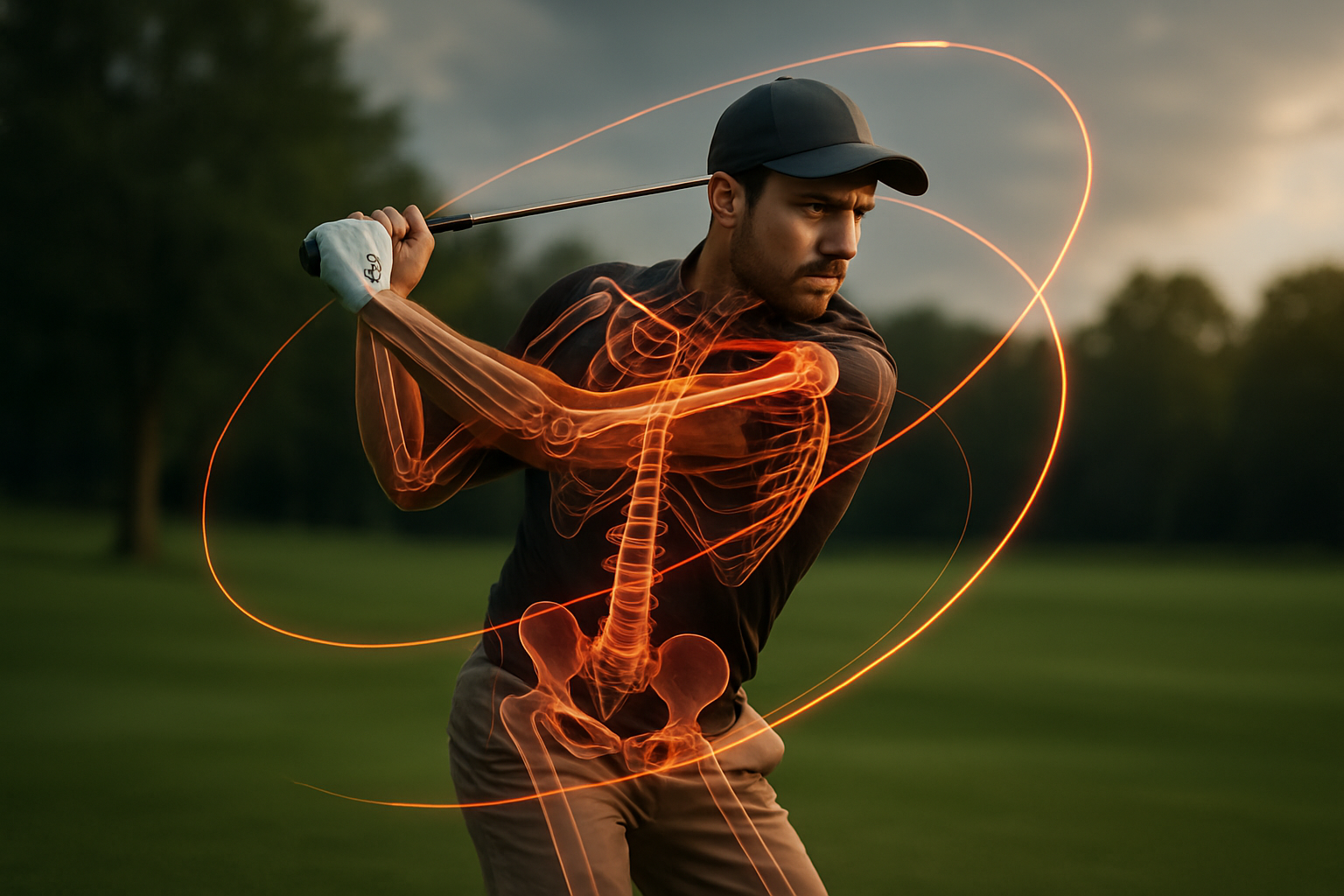Shaping the Future: The Role of Industrial Design in Business Innovation
In the ever-evolving landscape of business and industry, one aspect that has been gaining significant attention is industrial design. This discipline, which merges creativity with practicality, is shaping the future of business innovation. This article delves into the historical context, current trends, and practical applications of industrial design in business.

Industrial Design: A Historical Perspective
Industrial design has its roots in the Industrial Revolution, where mass production became the norm. The need for aesthetically pleasing, functional, and mass-producible products led to the emergence of this discipline. Over the years, industrial design has evolved, adapting to technological advancements and changing consumer preferences.
The Current Landscape of Industrial Design
Today, industrial design is not just about creating visually appealing products. It’s about enhancing user experience, improving functionality, and contributing to sustainability. Companies like Apple and Dyson are prime examples of businesses that have leveraged industrial design to create innovative products that resonate with consumers.
The Impact of Industrial Design on Business
Industrial design can significantly impact a business’s bottom line. A well-designed product can command a higher price point, improve brand perception, and increase customer loyalty. Moreover, it can lead to operational efficiencies, as good design often considers the ease of manufacturing, assembly, and maintenance.
Challenges and Opportunities in Industrial Design
Despite its benefits, integrating industrial design into business strategy is not without challenges. It requires a significant investment of time and resources. Moreover, it involves a certain degree of risk, as the success of a design is ultimately determined by the market.
However, the opportunities far outweigh the challenges. With the rise of technologies like 3D printing and virtual reality, businesses can experiment with designs more efficiently and cost-effectively. Moreover, as consumers become more design-conscious, businesses that prioritize industrial design are likely to have a competitive edge.
Practical Applications of Industrial Design
Industrial design can be applied in various sectors, from consumer electronics to automotive and healthcare. For instance, Tesla’s sleek and minimalist interior design has set it apart in the automotive industry. In the healthcare sector, companies like Medtronic are using industrial design to create medical devices that are not only functional but also user-friendly.
Practical Insights: Leveraging Industrial Design in Business
-
Understand your target market: The success of a design largely depends on how well it resonates with the target audience. Conduct market research to understand their preferences and needs.
-
Collaborate with designers early on: Involve designers in the early stages of product development. This can lead to more integrated and effective designs.
-
Embrace sustainability: With growing consumer awareness about environmental issues, sustainable design can be a significant differentiator.
-
Invest in design technology: Technologies like CAD and 3D printing can streamline the design process and allow for more experimentation.
In conclusion, industrial design plays a crucial role in business innovation. By merging aesthetics with functionality, it can enhance user experience, improve brand perception, and ultimately drive business growth. As the business landscape continues to evolve, industrial design is likely to become an increasingly important aspect of business strategy.





